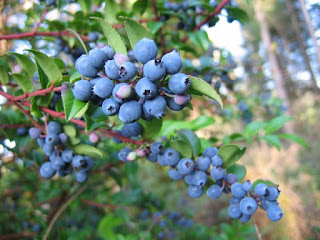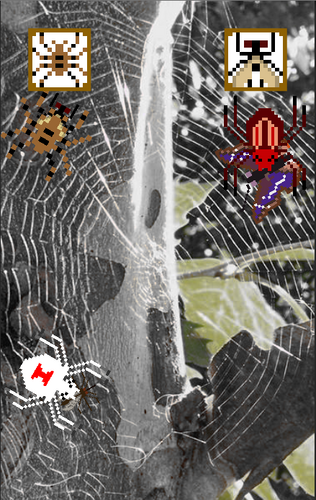This week in physical we learned about like mixtures and
compounds and atoms and physical and chemical changes. We learned that if you
put water in a can and then quickly you put it in a container with really cold
water then it collapses because the air on the outside is more dense and it
presses harder on the can.
Quarks make up electrons and neutrons and they make up atoms
with protons and 3 protons and 4 neutrons and 3 electrons make lithium.
Also we learned that scuba diving is a lot more dangerous
when you don't know what you're doing like how you can take a hot shower after
scuba diving.
We learned about elements and i found out that there is a
element called americium and i thought that was really cool.I learned other
things about elements
Stuff i found
interesting!!
1.I thought the collapsing can experiment was pretty cool
because it just happens so quickly and it was just really cool to watch.
2.I also thought it was cool that the viscosity can change a
lot!
3.I learned that Lowman used to have a uranium mine!

























